About
Cocoon
Human centered interaction design
December, 2020
December, 2020
For Konftel (conference call products)
Team:
Cornelia Hulling
Jan von Loeper
Swathi Shivaraj
Yanyi Lu
Cornelia Hulling
Jan von Loeper
Swathi Shivaraj
Yanyi Lu
Timeframe:
8 weeks
8 weeks
My main contributions:
> User research
> Analyzing and structuring user insights
> External analysis and trend research
> Visual and physical experience models
> Workshops: Preparation and facilitation
> Body storming: Facilitation, documentation, and participation
> Product design: Material and colour development
> Movie: Storyboarding, script, and directing.
> User research
> Analyzing and structuring user insights
> External analysis and trend research
> Visual and physical experience models
> Workshops: Preparation and facilitation
> Body storming: Facilitation, documentation, and participation
> Product design: Material and colour development
> Movie: Storyboarding, script, and directing.
Tools:
> Silicone molding
> Adobe CC - Premiere and AfterEffects
> Miro
> Silicone molding
> Adobe CC - Premiere and AfterEffects
> Miro
Project brief:
How can audio-video interactions be designed to be interwoven into the flow of distributed work in ways that enable creative professionals to bring the best of themselves and their skill sets into play?
Personal Reflection:
In this project I could conduct an in depth, qualitative user research process. As the human needs did not always align with stakeholder expectations of the outcome, I learned the value of advocating for the 'users'. In conducting in depth interviews, and then extracting and visualizing raw human experiences before synthesizing a more general experience model we could stay with them throughout the design process.
Design concept
Cocoon, a tangible interface for remote work life balance.
Cocoon
Virtual boundaries for the future of remote work culture
A tangible interface and virtual membrane for remote creative professionals. A suggestion for how online availability could be made more tacit, direct and dynamic.
Cocoon availability settings graphics animation.
Tangible control
Future scenario
Cocoon comes to demonstrate how virtual connections are something that you always carry with you — even as you end the meeting, close your laptop and walk away from your home office desk. Be it mentally, or via any other of our network connected devices. The question boils down to how we can better live with these connections, and as designers craft interactions to support the development of healthy work cultures.
Process
From research to concept
An in depth look at:
> Interviews
> Experience models
> Stakeholder workshops
> Trend analysis and narratives
> Enactment and body storming
> Speculative storytelling
> Experience models
> Stakeholder workshops
> Trend analysis and narratives
> Enactment and body storming
> Speculative storytelling
Clustering ideas based on collected user stories and trend research.
primary Research
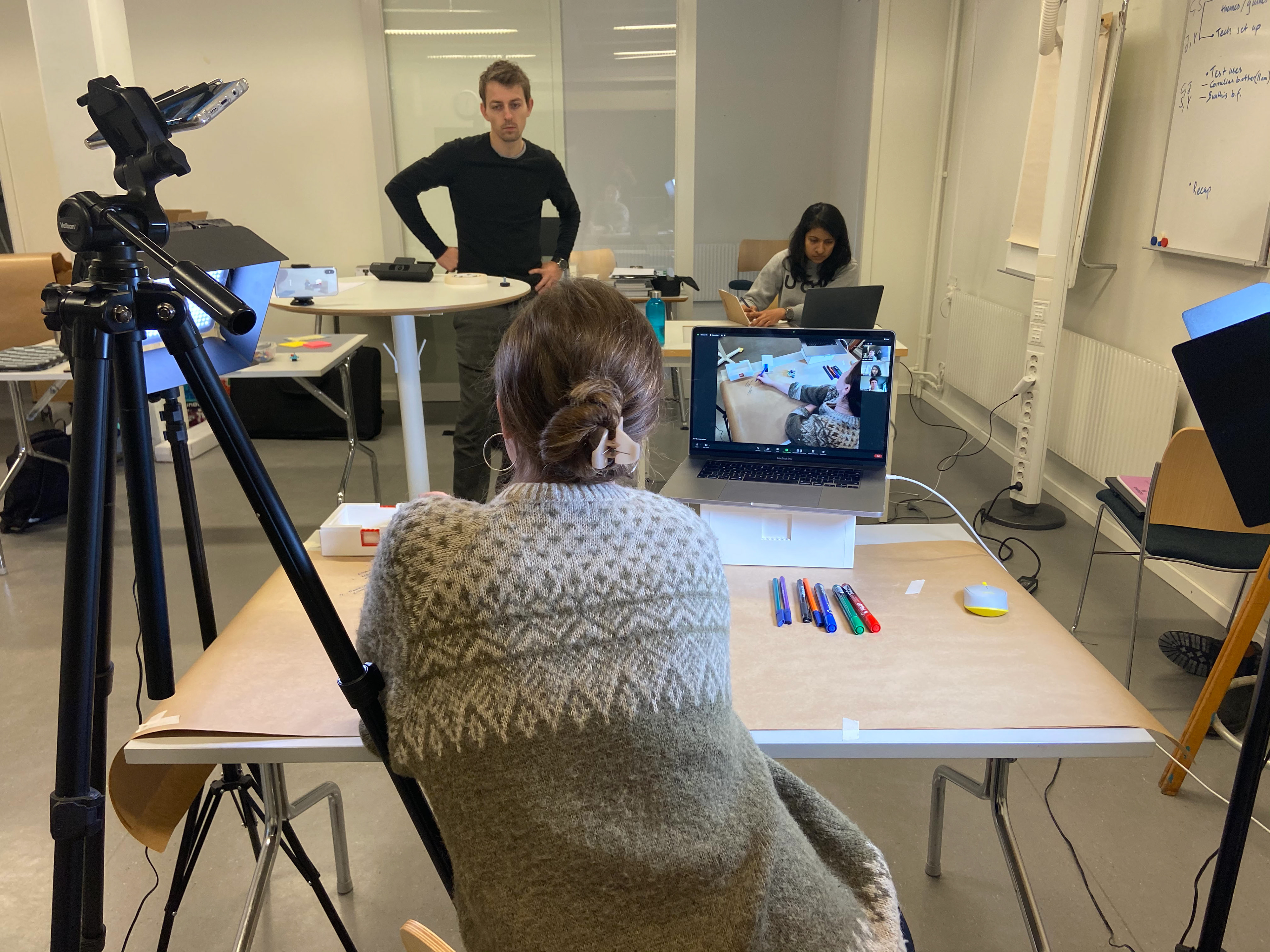
Interview set up, behind the scenes.
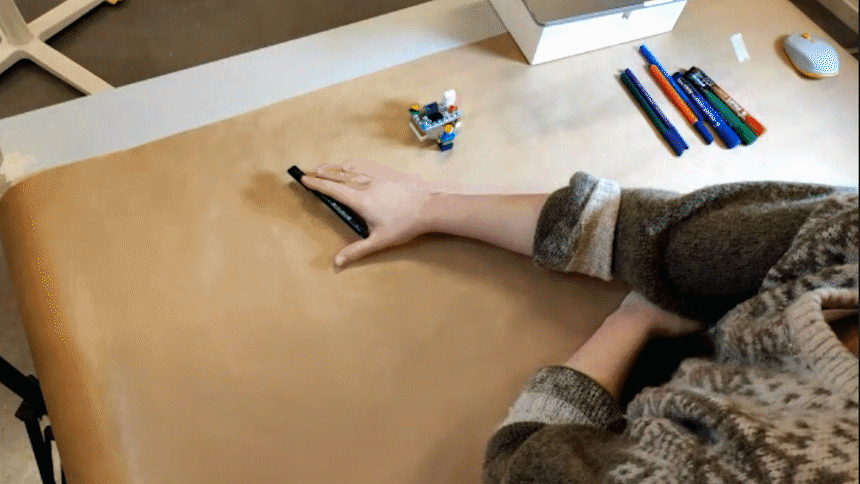
Taking notes and sketching out experiences during the conversation.
Left: Behind the scenes. Right: The view shared with interviewee.
Interviews
How do you collaborate from home?
In order to grasp the challenges of working and collaborating remotely, the first step was a series of seven semi-structured interviews and experience journey mapping.
All interviews were held remotely. Making us experience many of the challenges of remote collaboration first hand.
As we planned on how to hold engaging interviews remotely, we set up a scene of smartphones, laptops, lights and sketching papers, in combination with lego figures, post-it notes, and coloured pens.
Insights
There is an overwhelming amount of channels and functions at hand.
The computer and the home environment is cluttered with sensory input, causing stress and distraction.
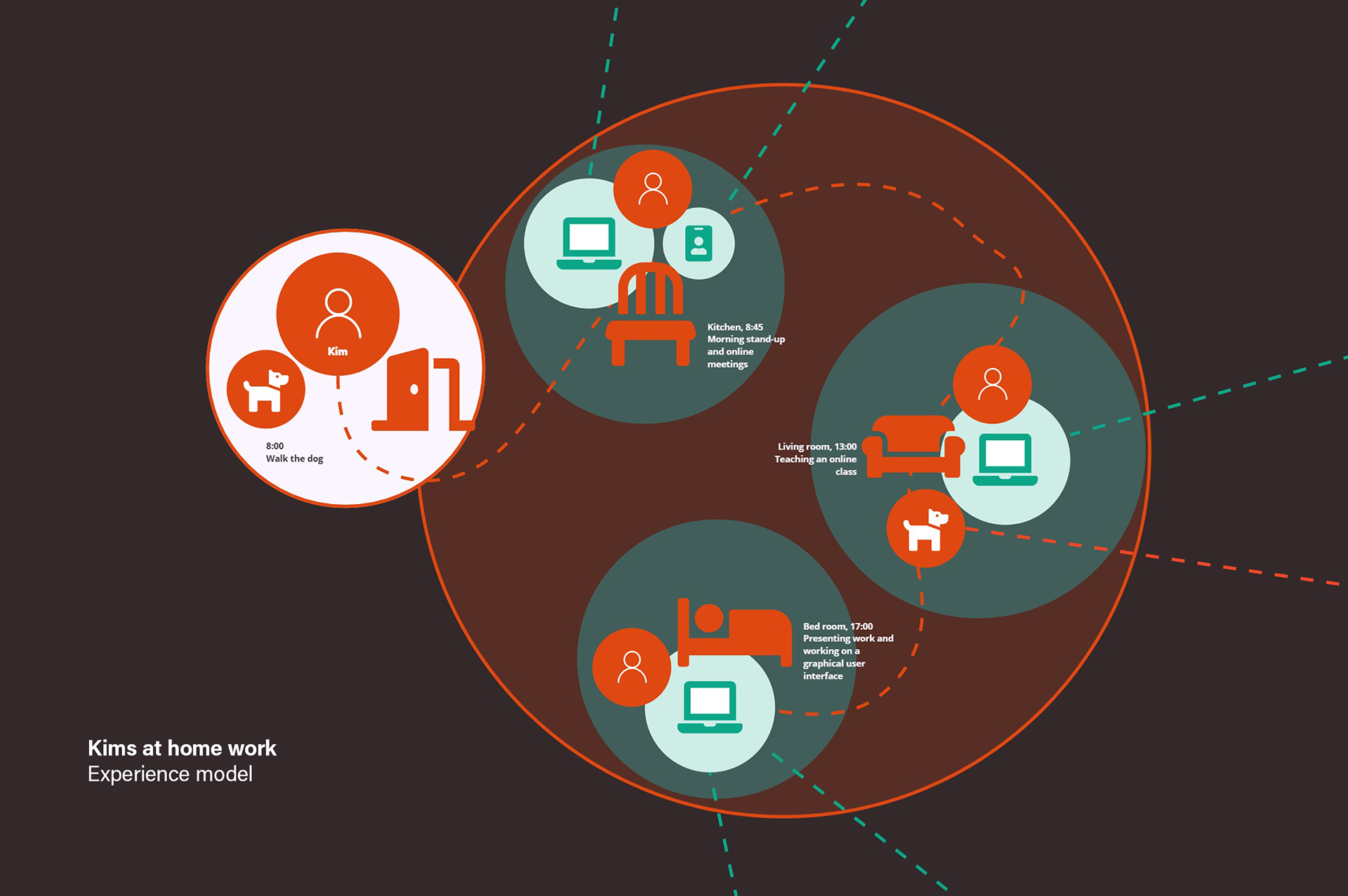
Experience model based on stories from our creative professionals.
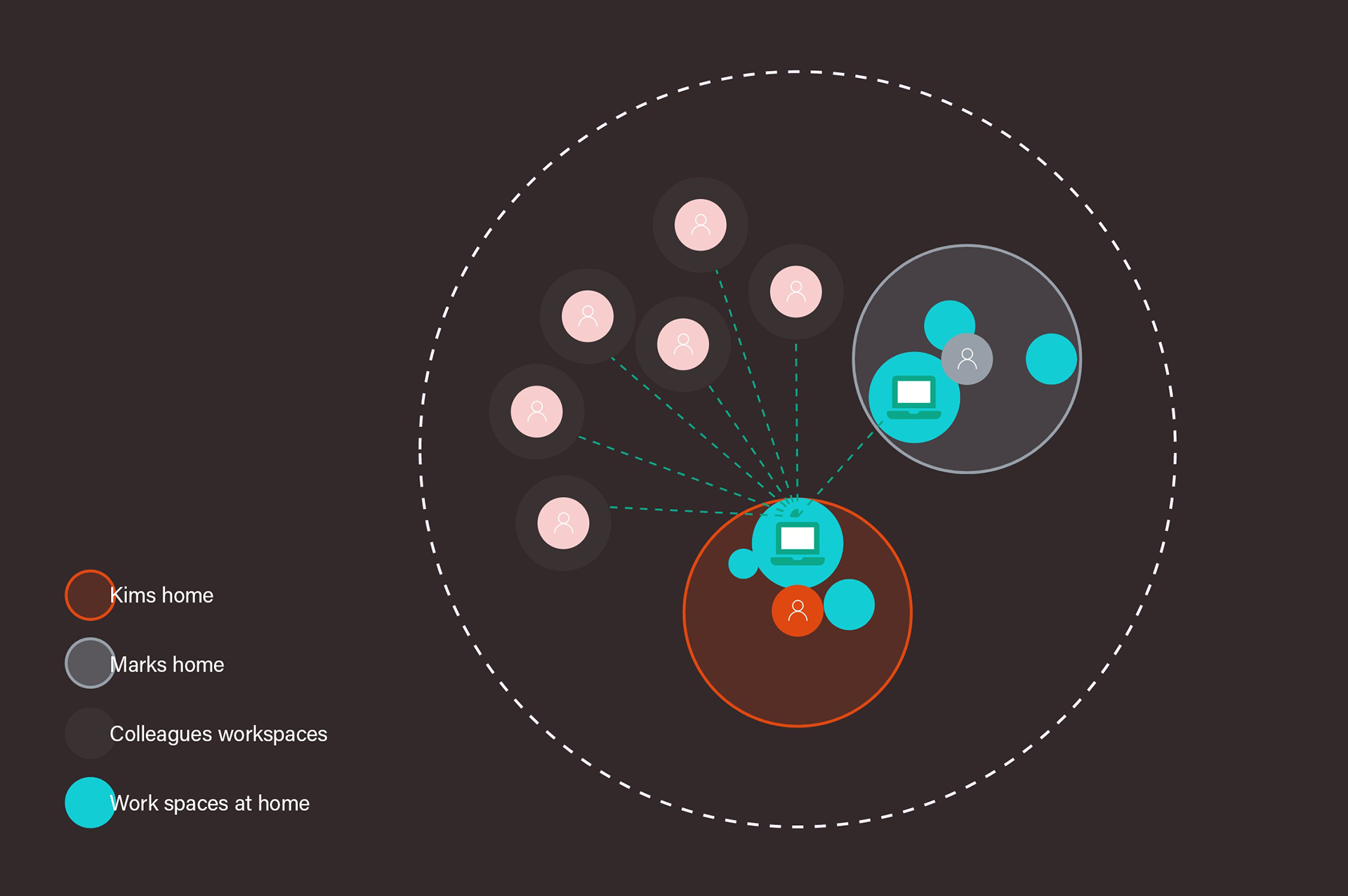
Experience model portraying the constant virtual connections, and physical separation within a work team.
Visual experience model material, Miro.
Experience models
The at home work experience.
Using small scale enactment we modeled the at home work experience of our creative professionals.
We crafted tangible models using Lego figures, and graphic material to visualize virtual connections, where they appear in the home, and how we relate to the workspace through them.
Morning routine: Walk the dog before the morning stand-up in the kitchen.
"I do like closing all the curtains and making it really dark when I'm doing creative work. [...]
I become, like, in a cocoon or something ."
- UX researcher / designer, interview quote
Friday: doing "actual work" work in bed. No video communication, only screen sharing and talking.

Atmosphere
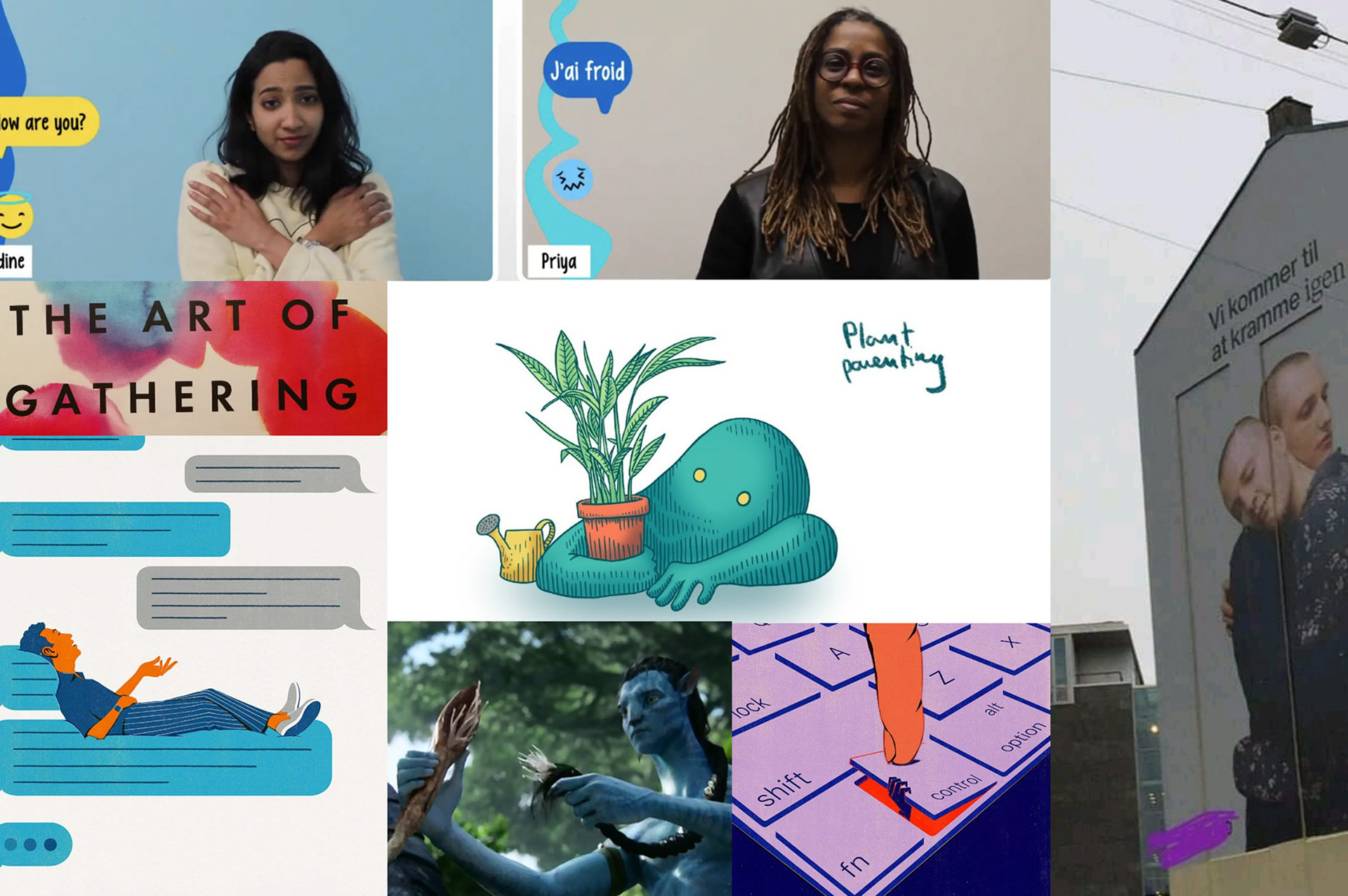
Relating

Interaction
Trend narratives moodboards.
Crafting trend narratives
Future reactions to the current experience
Atmosphere
We seek to welcome serendipity. To feel ambient atmosphere and embrace the natural. We need healing, meaningful ways of living with technology and connecting to life in its original form. By letting our senses rest, we strive for balance.
We seek to welcome serendipity. To feel ambient atmosphere and embrace the natural. We need healing, meaningful ways of living with technology and connecting to life in its original form. By letting our senses rest, we strive for balance.
Relating
Work and personal life begins to blend, and we might become confused about new etiquette. We start to seek belonging as well as control of how and when we meet. Weaving wireless bonds, the casual / professional is being redefined.
Work and personal life begins to blend, and we might become confused about new etiquette. We start to seek belonging as well as control of how and when we meet. Weaving wireless bonds, the casual / professional is being redefined.
Interaction
As we move away from our windows to the world; laptop screens, we seek faceless interaction. Abandoning rigid tools and corporate artifacts as we are free to work where and whenever we like. We can interact just as authentically in work contexts as with close friends.
As we move away from our windows to the world; laptop screens, we seek faceless interaction. Abandoning rigid tools and corporate artifacts as we are free to work where and whenever we like. We can interact just as authentically in work contexts as with close friends.
stakeholder engagement
Digital workshop timelapse.
Co-creative workshop
Involving and inspiring the stakeholders.
What can future workplace communication tools offer these professionals, as new work practices and cultures emerge?
In two stakeholder workshops we engaged the people at Konftel in expanding the scope of the initial brief and taking our concepts further.
Concept development
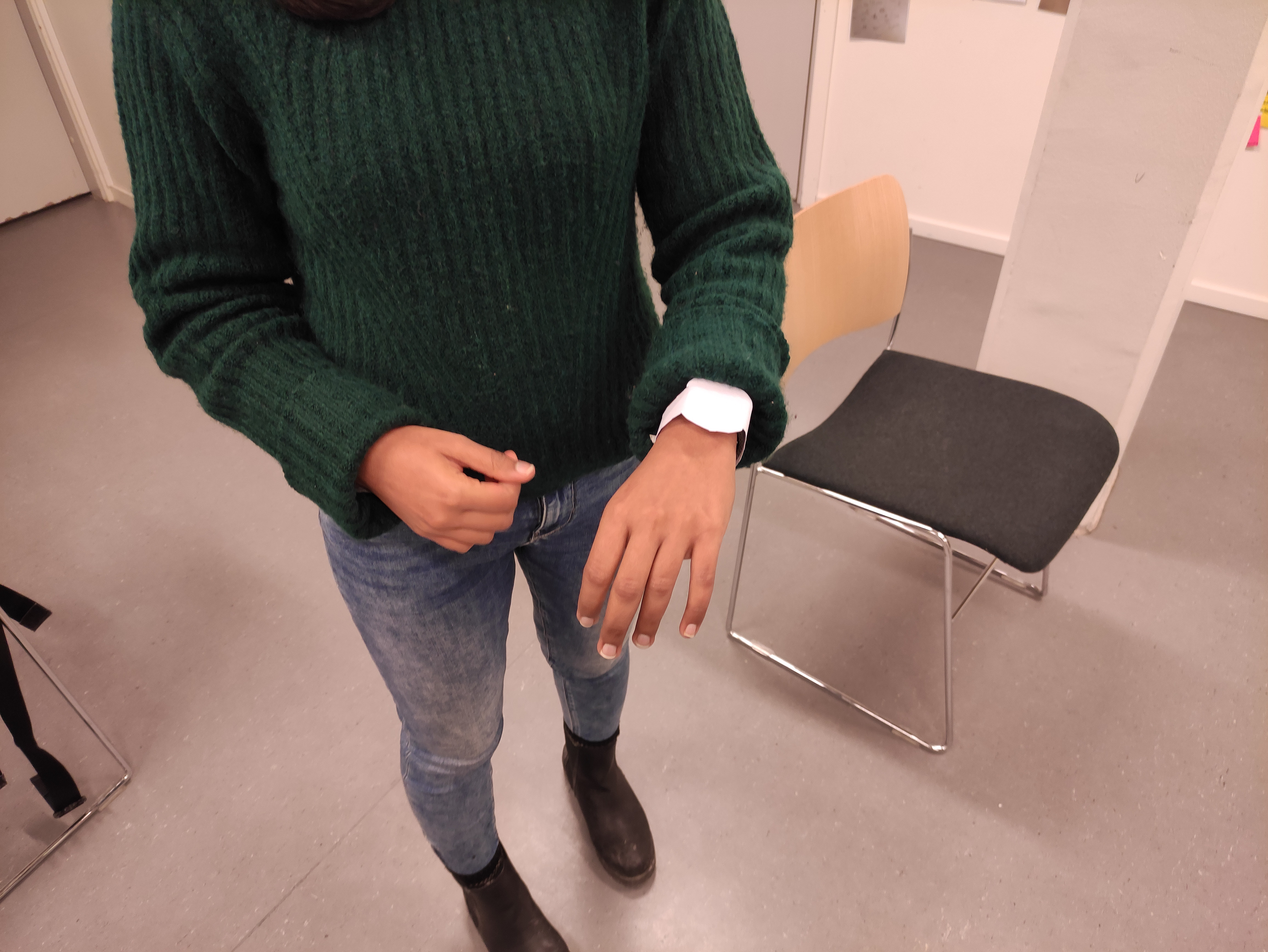
First, low fidelity prop.
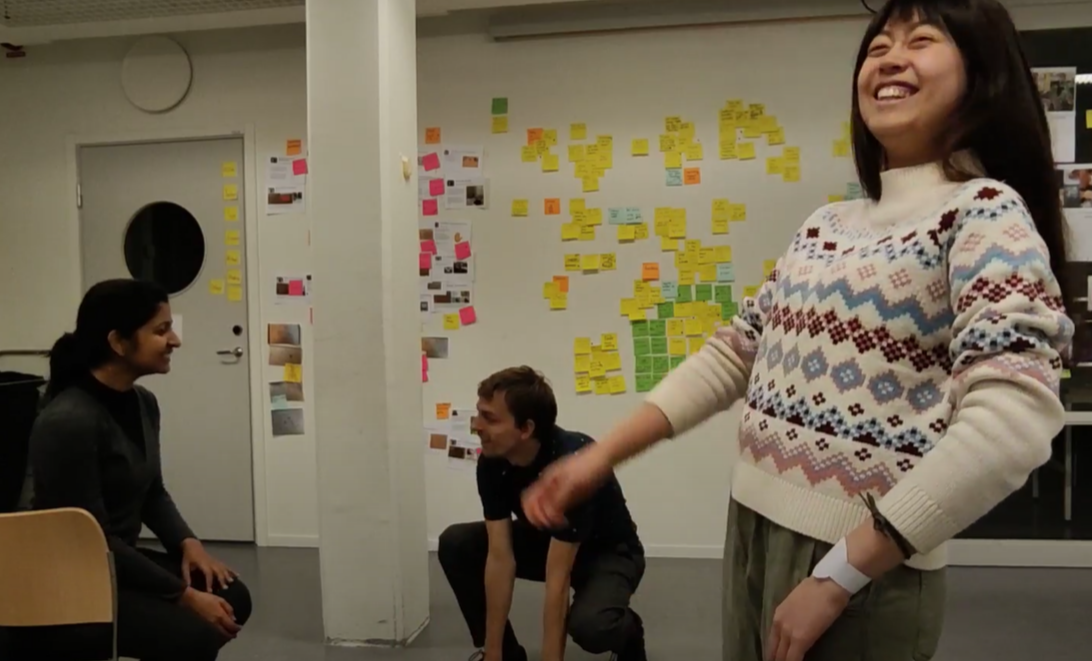
Explorative enactment of virtual assistant character.
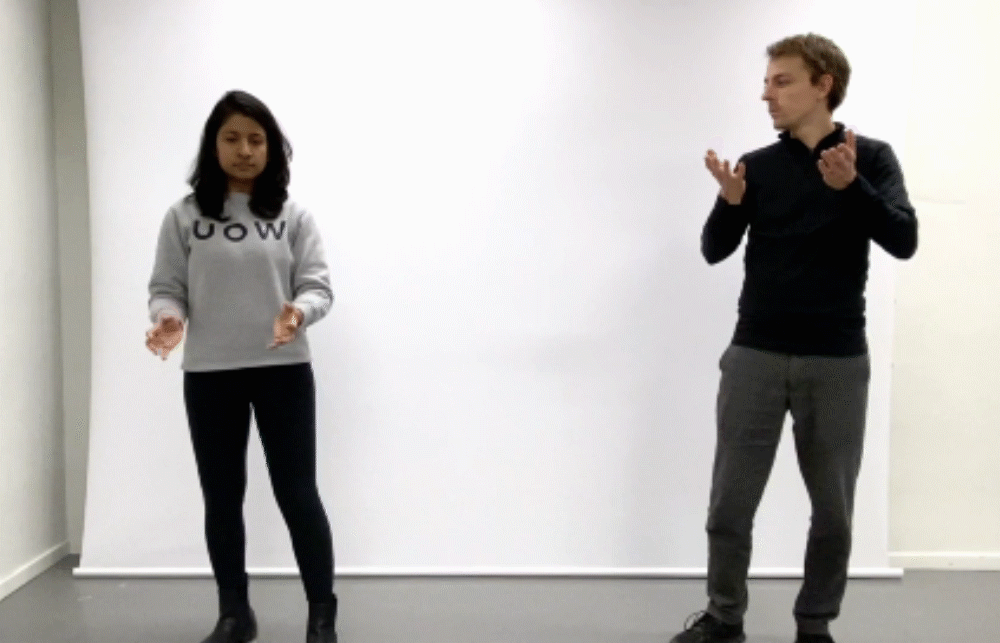
Bodystorming virtual boundaries.

User engagement and evaluations.
Managing virtual boundaries
Enactment, body storming and user evaluation
How can we better manage boundaries for remote work / life balance, while maintaining our virtual presence?
... and enable individual workers to create time for more developing work activities, learning new skills and nurturing professional capabilities?
Using enactment and bodystorming we started to explore how to more agilely manage our virtual boundaries, how it could be to live with them, and break through them.
We used the metaphors of 'entering a cocoon' and 'opening / closing a curtain', as means to embody the act of setting boundaries and relating to others.
As many communication systems in the workplace today offer tools to manage availability and work time, we then looked at how the physical expression, and interaction could become more tangible, gradual and organic.
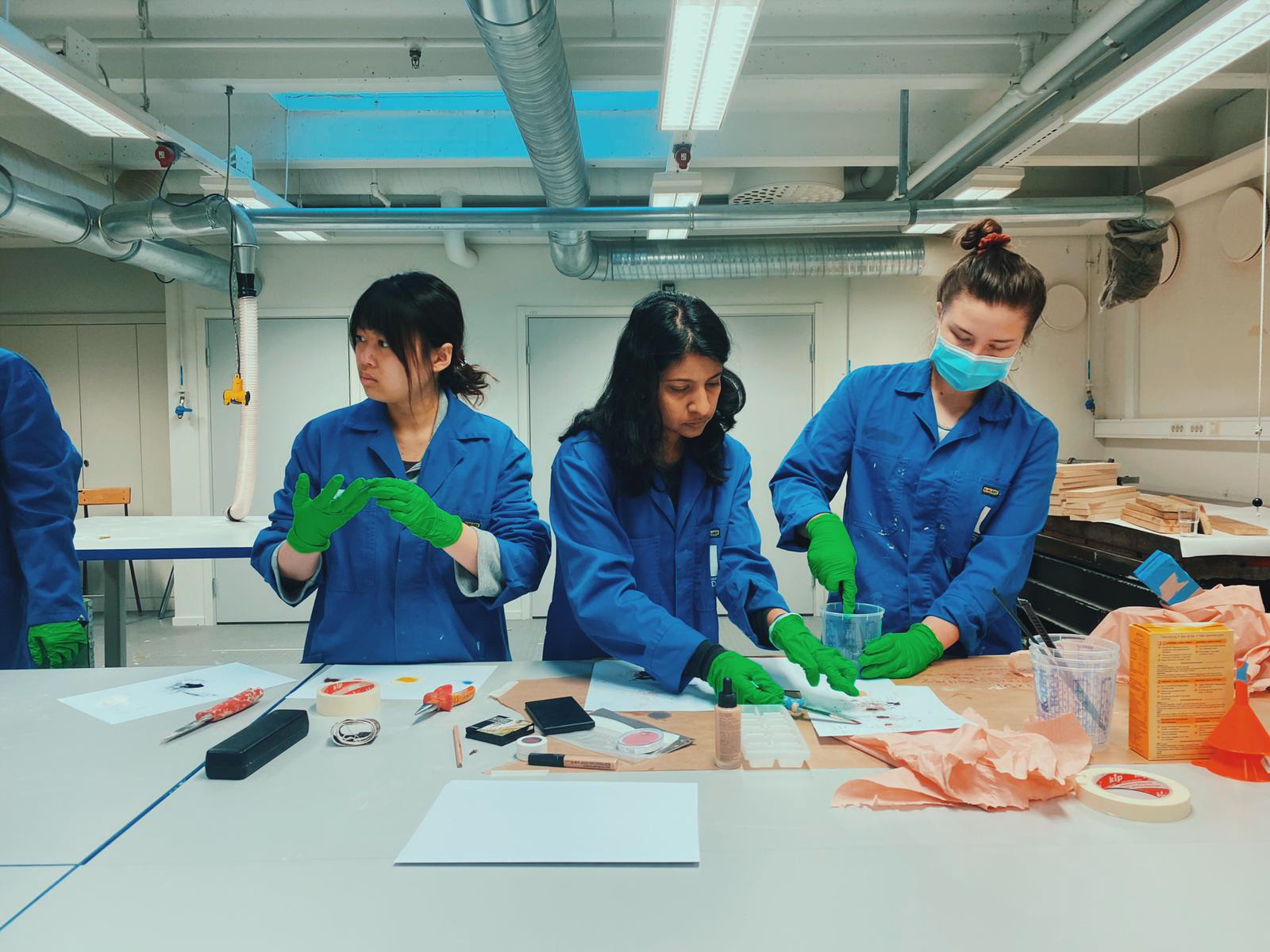
Mixing colours from pastels, make up, coal and corn starch.
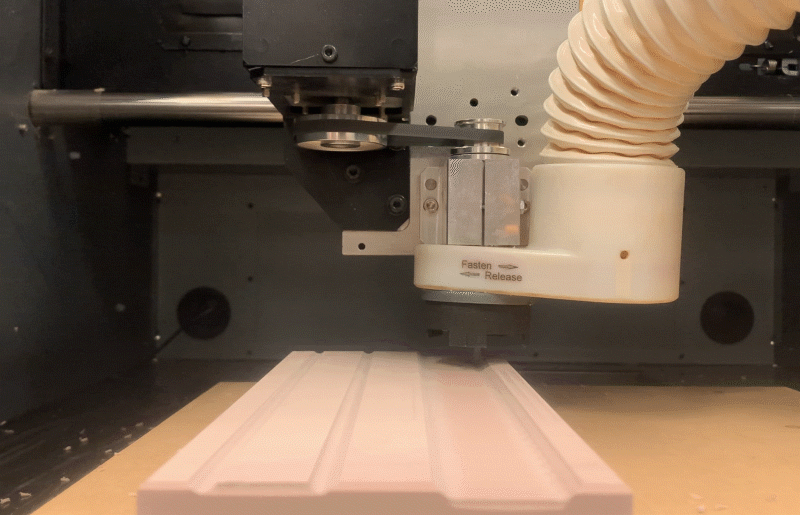
Milling the silicone mold
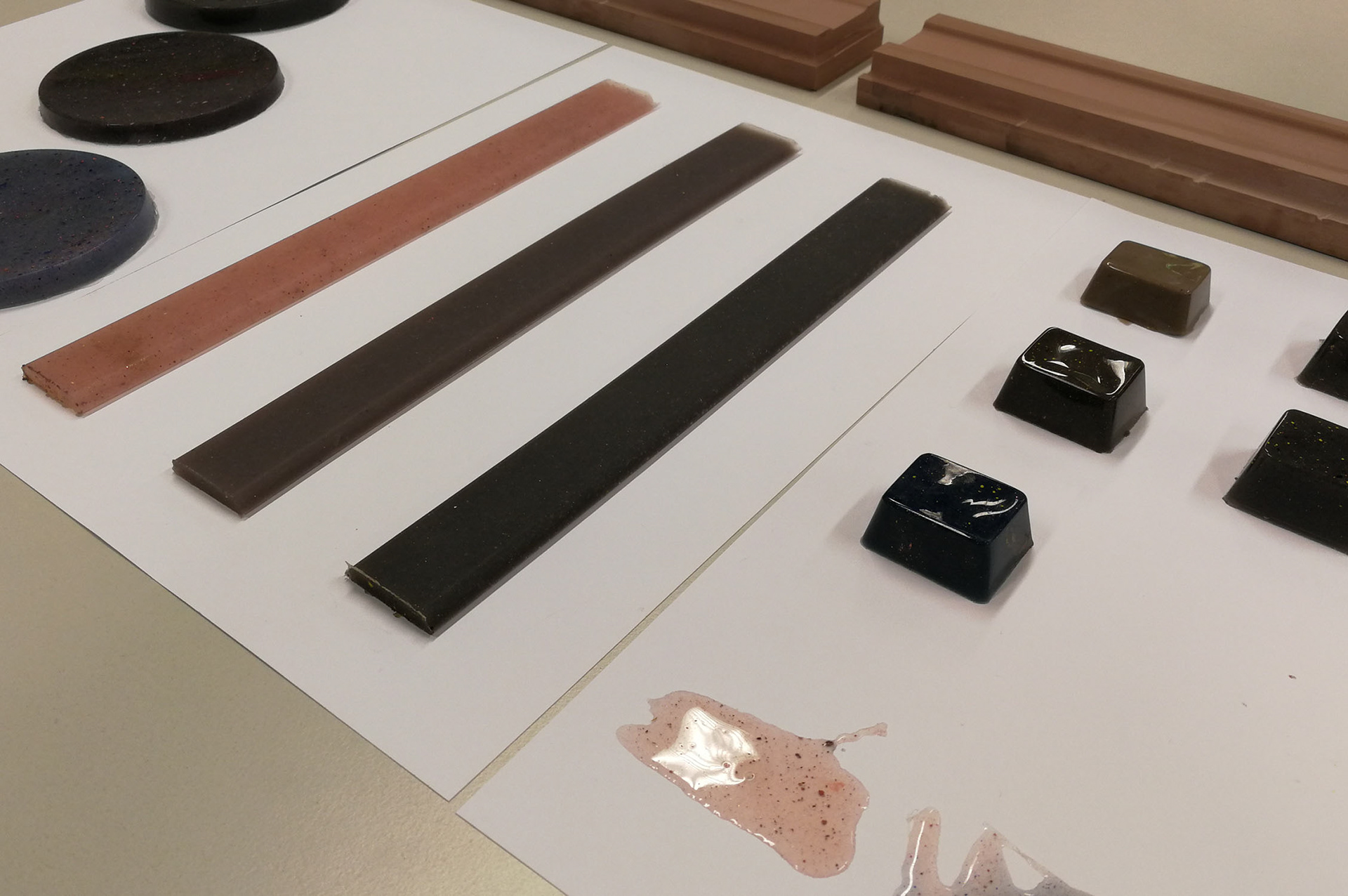
Material samples and wrist band models.
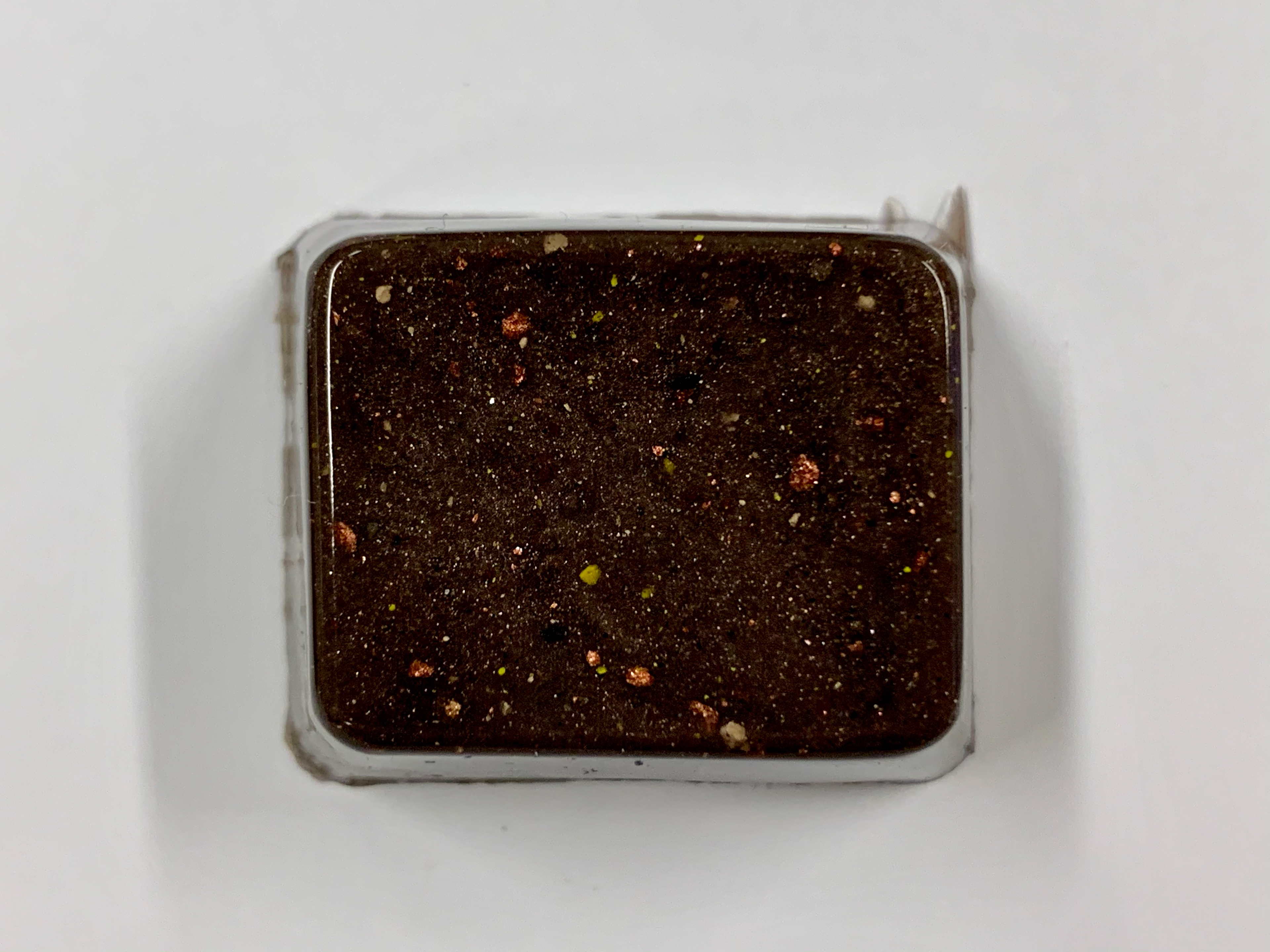
Material sample, shiny.
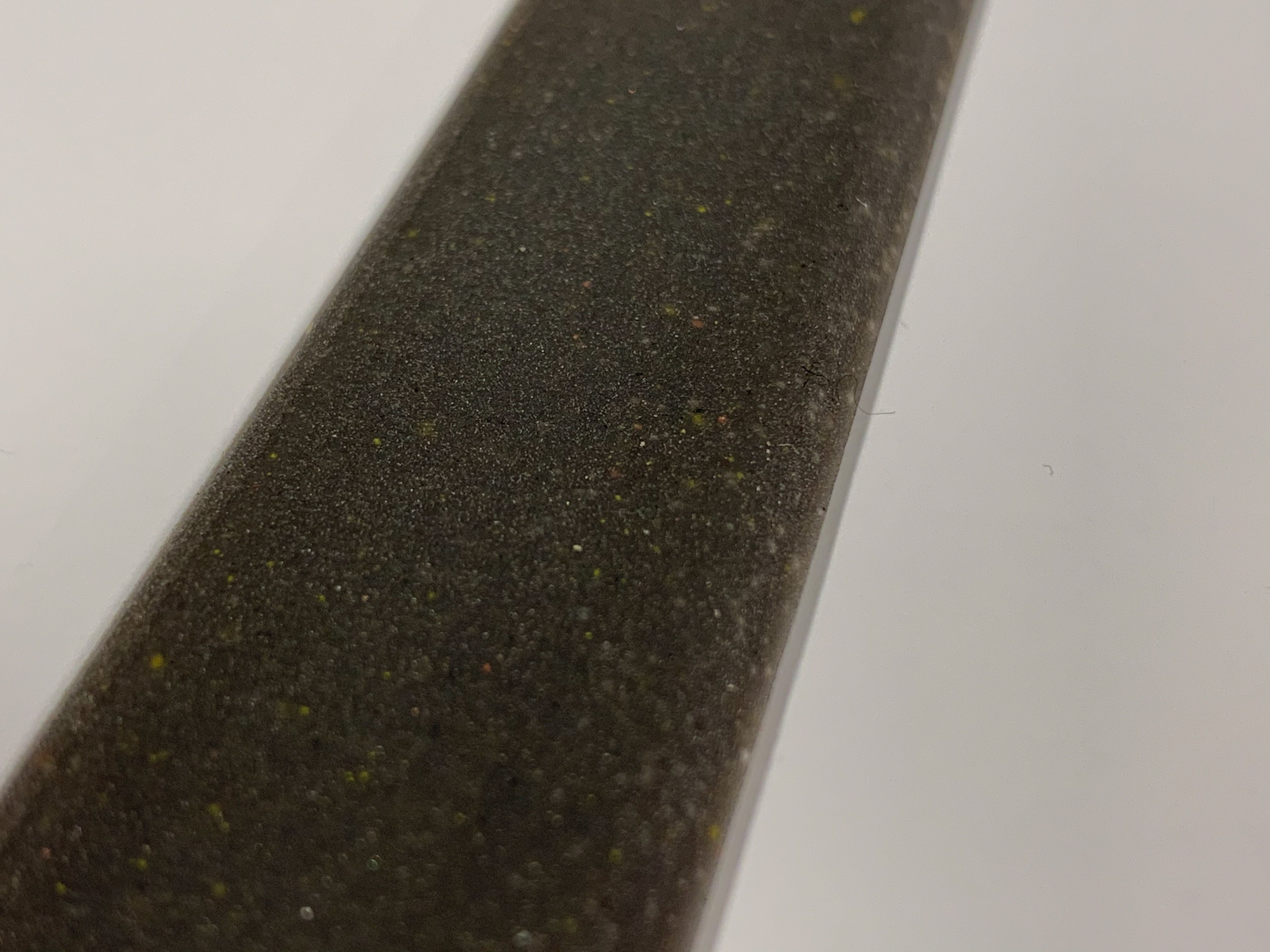
The more textured wristband up close.
Material exploration and model making process.
Speculative storytelling
Crafting Cocoon and its context
Inspired by the practice of speculative design we modelled a wristband to work as a prop in our creation of a future work practice narrative. We experimented with different makeup pigments, starch and charcoal together with silicone, to create a flexible material with an organic feel to it.
We then moved on to placing this wristband in a series of future work scenarios. In the concept video we follow a future UX designer through her work day as she interacts with, and through, her Cocoon wristband.
Concept video still: Closing the Cocoon to focus on work.
Published writing
Shared reflections
Scaling the virtual membrane
In an exploratory paper for the NORDES conference of 2021, the team reflects on the reach of human centered design using the lense of the conference theme:
Matters of scale.
COCOON – CONCEPTUALISATION OF A VIRTUAL MEMBRANE IN THE CURRENT TRANSITION TOWARDS MORE-THAN HUMAN DESIGN
Conference proceedings (see p.157-161):
Matters of scale
Conference proceedings (see p.157-161):
Matters of scale


